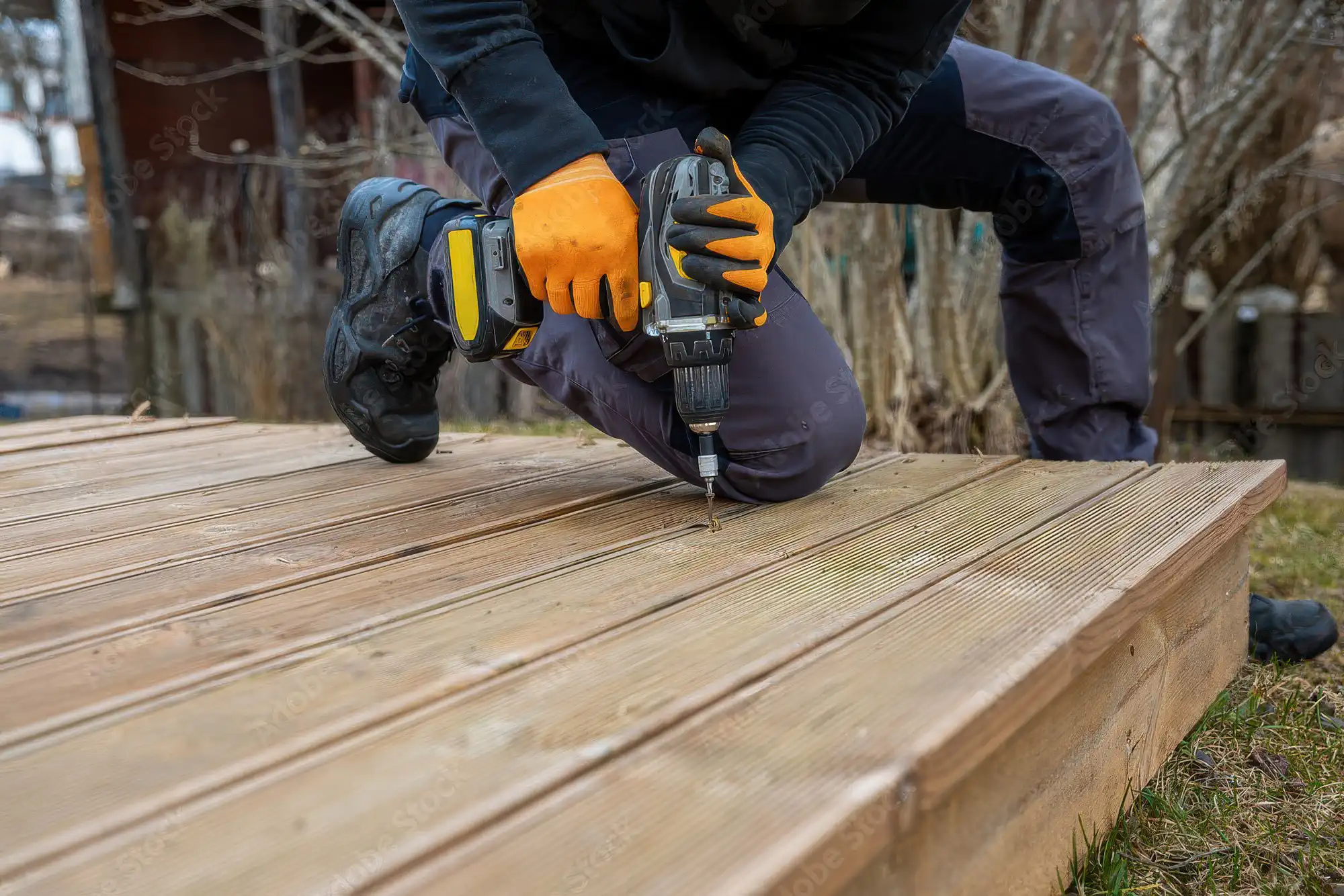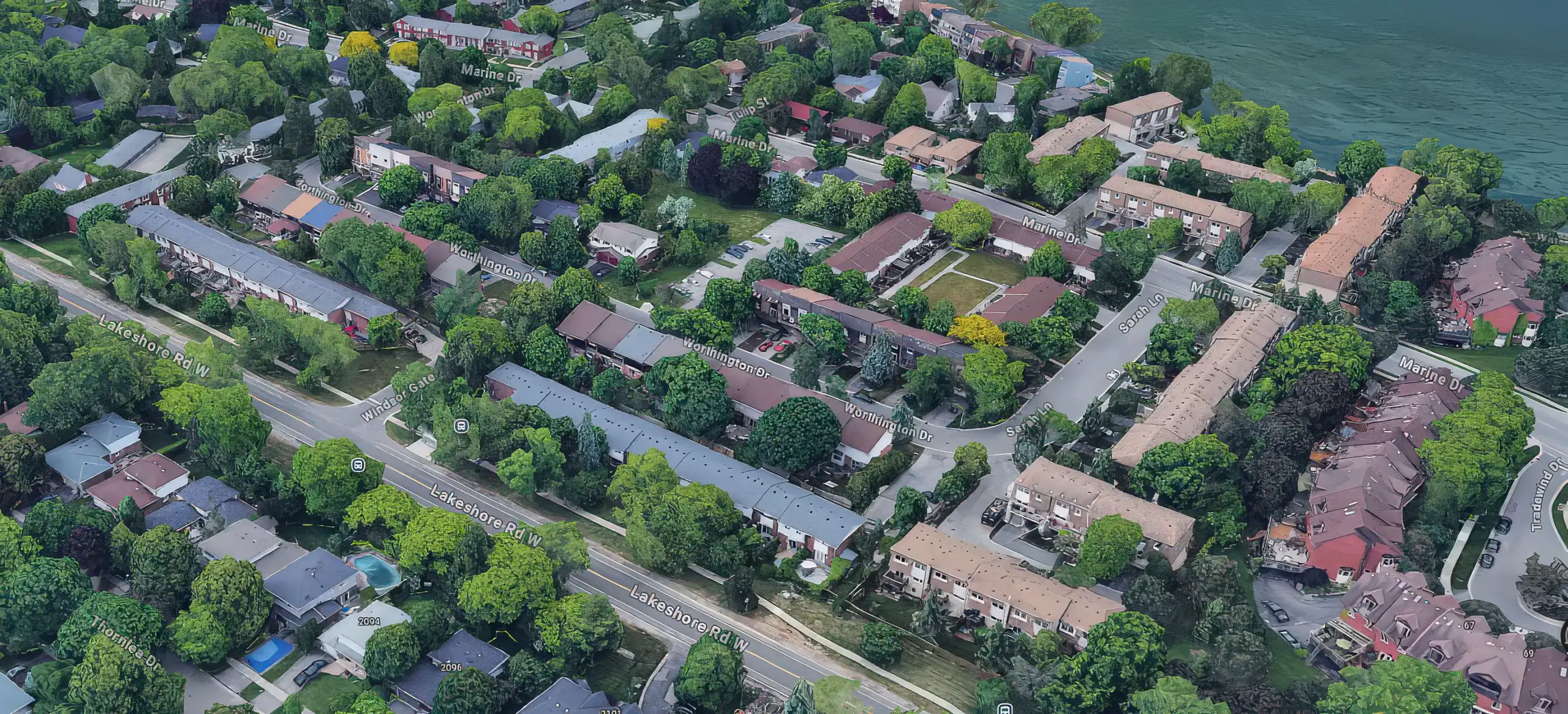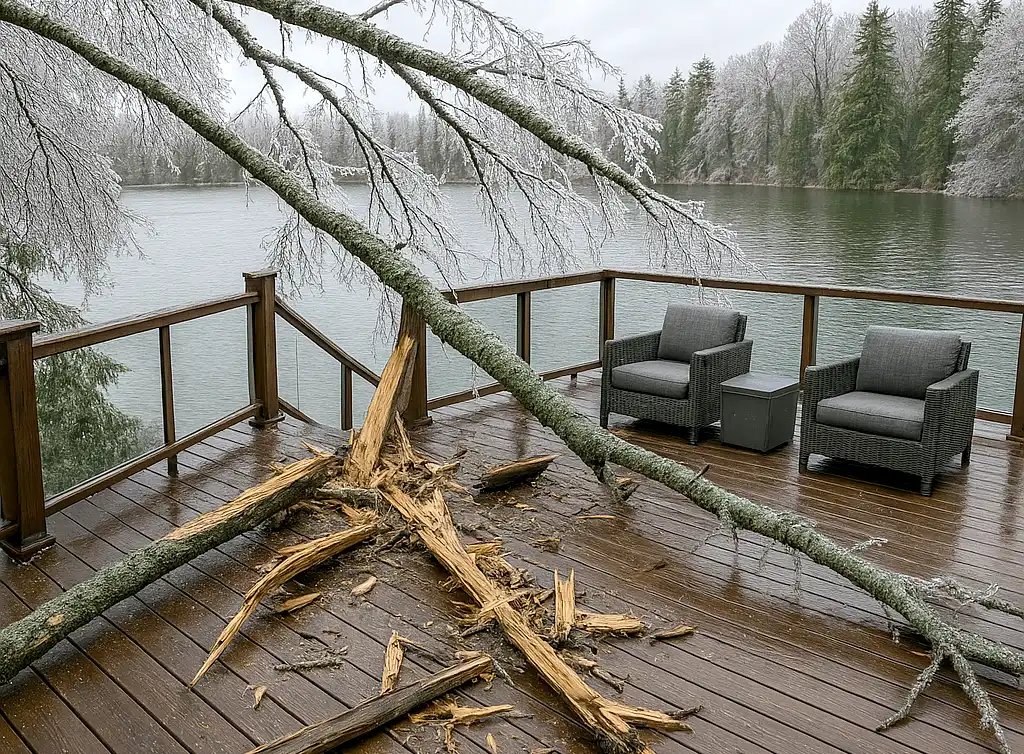Introduction: Understanding Composite Decking Repair
Composite decking repair is essential to maintain its durability and aesthetic appeal. Whether dealing with minor scratches, deep gouges, or full board replacement, understanding the best repair methods ensures your deck remains safe and visually appealing. However, even these engineered materials are not immune to damage from foot traffic, UV exposure, or accidental impacts. Homeowners frequently encounter a dilemma: should they address minor imperfections with fillers for a quick fix, or opt for full board replacement to ensure long-term durability? This guide provides an in-depth comparison of both approaches, considering cost, longevity, aesthetics, and environmental impact.
Composite Decking Repair: Fixing Scratches, Small Holes, and Deep Gouges
Repair fillers are designed to address minor damage such as scratches, gouges, and small holes. Various options are available, each suited for specific repair needs.
Types of Fillers for Composite Deck Repair
Several brands offer deck repair fillers suitable for use in Canada. Here are some of the top options:
Wood Fillers
- Intergrain WoodBlend – Available in six colors to match various timber and stain shades. It’s easy to use, mixable with water, and sands smoothly. View product.
- Cabot’s Wood Tone Putty – Offered in five colors: Cedarstone, Meranti, Natural, Pine, and Walnut. Suitable for exterior use on decks. View product.
- Abatron Wood Epoxy Filler – A strong, durable epoxy-based filler recommended for repairing deep gouges and structural damage. View product.
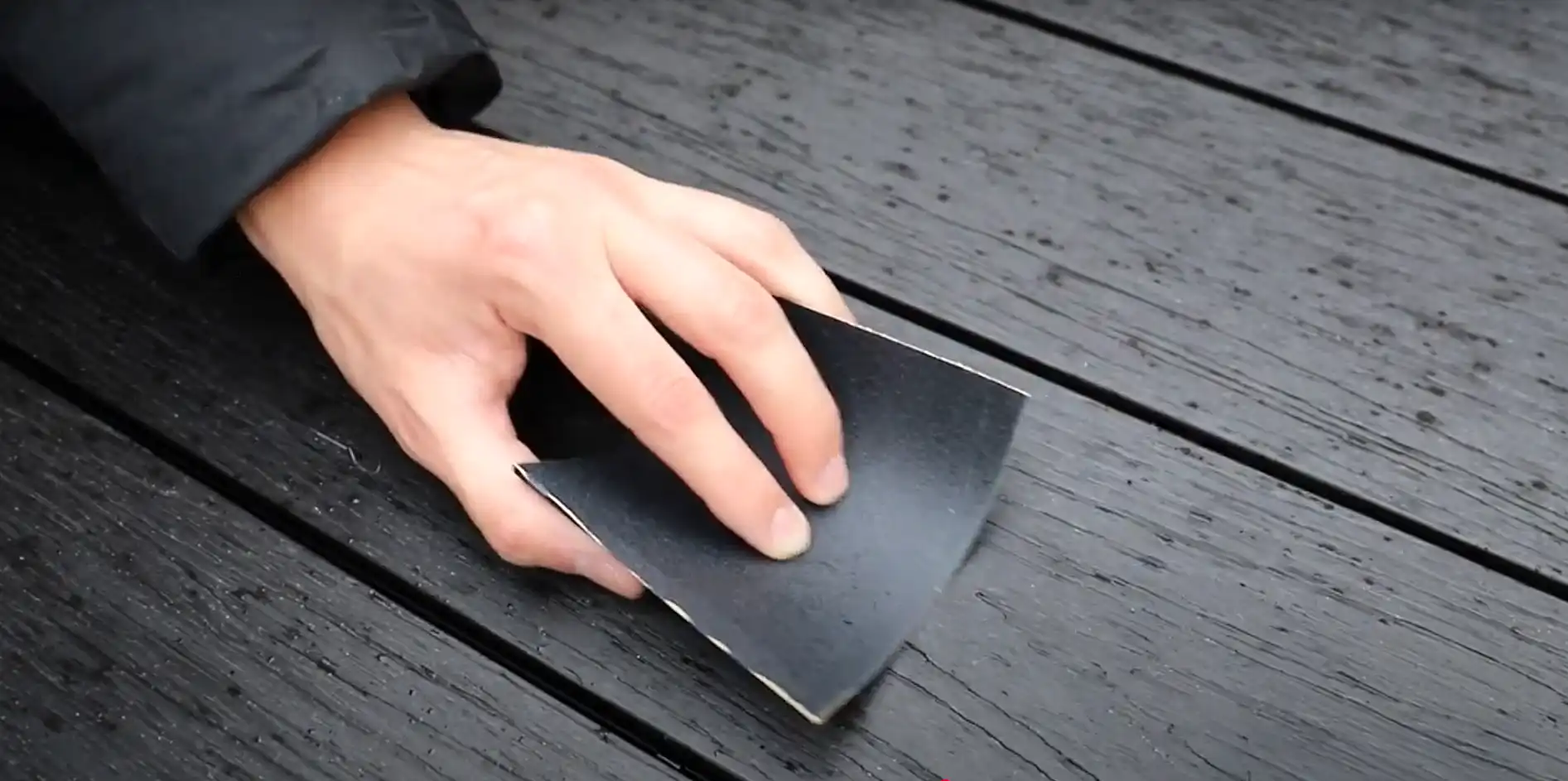
Best Composite Deck Scratch Repair Kits and Fillers
- Repair Kits: Includes wax or epoxy fillers that conceal scratches. Example: DeScratch Composite Decking Repair Kit (compatible with Trex, Fiberon, and TimberTech). For advanced techniques, check out how to repair deep scratches in wood decking.
- Wax Fillers: Easy to apply and effective for surface scratches. Example: Briwax Grey Repair Stick.
- Composite Wood Fillers: Available in different colors, ideal for deeper scratches. Example: UltraShield Grey DeScratch Repair Kit.
- Plastic and Ceramic Repair Paste: A waterproof and crack-resistant solution for composite decks.
- DIY Filler: Mixing clear silicone with composite dust for a seamless repair.
For Gaps and Holes:
- Caulk: Polyurethane caulk is recommended for its flexibility and adhesion.
- Epoxy: Provides a strong, lasting bond. Example: WEST SYSTEM Epoxy.
For additional repair methods, explore advanced techniques for PVC deck scratch repair.
Application Process
- Clean the Damaged Area: Remove dirt and debris for better adhesion.
- Apply the Filler: Use a putty knife for smooth application.
- Blend & Smooth: Ensure an even finish for seamless integration.
- Cure/Dry: Follow manufacturer instructions for best results.
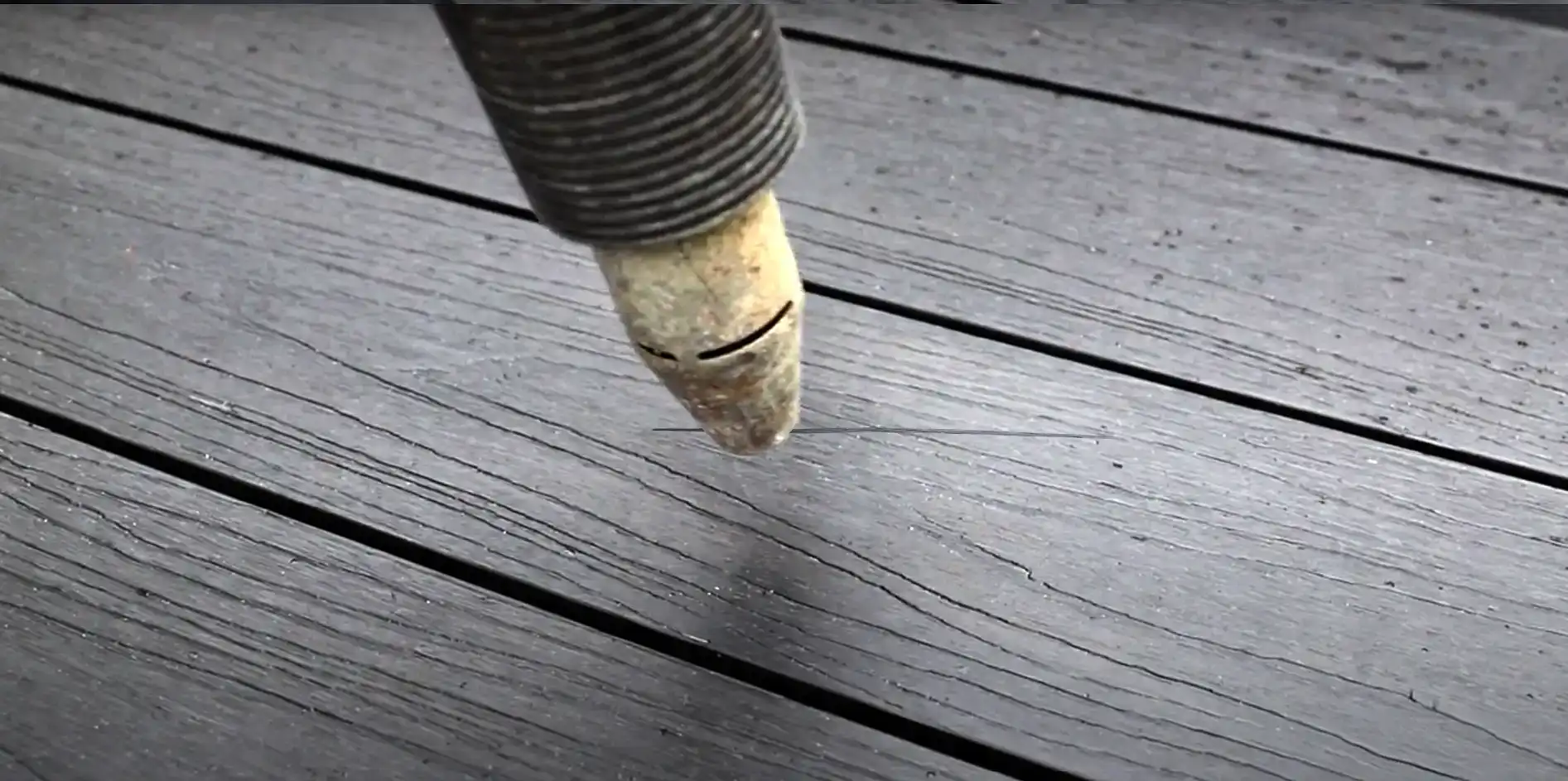
Cost Comparison
| Factor | Filler Repair | Board Replacement |
| Material Cost | $10 – $50 per kit | $100 – $500 per board |
| Labor Time | 1-2 hours | 4-8 hours |
| Longevity | 1-5 years | 15-30 years |
| Maintenance | Requires reapplication | Low maintenance |
DIY vs. Professional Repair
Choosing between a DIY approach and hiring a professional for composite deck repair depends on factors like budget, skill level, time commitment, and warranty considerations. Homeowners confident in their repair skills can save money by using fillers or replacing boards themselves. However, improper repairs can lead to further damage or void warranties. On the other hand, professional repairs ensure expert craftsmanship, a seamless look, and longer-lasting results, though they come at a higher cost. Understanding the benefits and drawbacks of each option can help homeowners make an informed decision.
DIY composite deck repair is often the more budget-friendly choice, requiring only the cost of materials and personal labor. However, it demands a moderate skill level to ensure proper application of fillers or replacement boards. A DIY repair typically takes between 2 to 4 hours, making it a viable option for homeowners comfortable with minor construction tasks. However, one downside is that improper repairs can void the manufacturer’s warranty.
On the other hand, hiring a professional guarantees expert-level craftsmanship, ensuring that repairs blend seamlessly with existing decking. Professional repairs often take 1 to 2 days and come at a higher cost but typically preserve the deck’s warranty. If long-term durability and warranty protection are priorities, professional repairs may be the better investment.
Pros and Cons of Using Fillers
| Feature | Pros | Cons |
| Cost | Less expensive than board replacement | May not be suitable for extensive damage |
| Time | Quick and easy application | Requires color matching |
| Aesthetics | Conceals minor damage | Can be noticeable if not applied correctly |
| Durability | Works for minor repairs | May not be as long-lasting as replacement |
When to Use Repair Fillers
For minor scratches, wax or epoxy fillers are the most effective solution. Small holes can be filled using caulk or epoxy, providing a seamless and durable fix. For deeper gouges, composite wood fillers work best, ensuring long-lasting results. If precise color matching is a priority, a DIY filler mixture made from clear silicone and composite dust can offer the closest match to the deck’s original appearance.
Composite Deck Board Replacement: When and How to Replace Damaged Boards
Board replacement is necessary for severe damage, ensuring structural integrity and a uniform aesthetic.
How to Replace Composite Deck Boards Step-by-Step
Replacing a composite deck board requires the right tools and a step-by-step approach to ensure a secure and aesthetically pleasing result.
Tools Required:
- Drill or screwdriver (for removing screws and securing new boards)
- Pry bar (for lifting damaged boards)
- Circular saw or jigsaw (if trimming is needed)
- Measuring tape
- Chalk line
- Composite deck screws or hidden fasteners
- Safety gear (gloves, safety glasses, knee pads)
Step-by-Step Process:
- Remove the Damaged Board: Use a drill or screwdriver to remove screws securing the board. If nails are used, a pry bar may be necessary to lift the board carefully without damaging adjacent ones.
- Measure and Cut the Replacement Board: Measure the opening where the new board will go. If trimming is needed, use a circular saw or jigsaw to ensure a precise fit.
- Ensure Proper Spacing: Maintain the recommended gap between boards for expansion and contraction. Use a chalk line to align boards properly.
- Secure the New Board: Fasten the replacement board with composite deck screws or hidden fasteners according to the manufacturer’s guidelines.
- Check for Stability: Step on the newly installed board to ensure it’s properly secured and even with surrounding boards.
For a visual guide, watch this helpful video on composite deck board replacement:
- Remove the Damaged Board: Unscrew fasteners or pry up the board.
- Install the New Board: Align with joists and secure with appropriate fasteners.
- Ensure Proper Spacing: Maintain gaps for expansion and contraction.
Challenges with Board Replacement
- Matching Board Width and Thickness: Ensuring compatibility with existing decking.
- Color Matching: New boards may not match weathered decking.
- Warranty Implications: Some warranties may be voided if improper repairs are made.
For guidance on whether to repair or replace, read Deck Renovation Dilemma: Repair or Replace?.
Pros and Cons of Board Replacement
| Feature | Pros | Cons |
| Durability | Provides a long-lasting solution | More labor-intensive |
| Aesthetics | Ensures a seamless look | Higher cost |
| Time | Permanent fix | More time-consuming |
| Cost | More expensive | Requires professional installation in some cases |
When to Replace Deck Boards
Replacing deck boards becomes necessary when they show signs of severe damage that compromise safety, aesthetics, or structural integrity. Homeowners should look out for large cracks and splits that weaken the board, severe warping that creates uneven surfaces, or moisture damage that leads to softening or rot. Additionally, any board that poses a safety hazard, such as instability or splintering, should be replaced promptly to prevent accidents. Addressing structural rot in deck boards is also crucial to maintaining the overall stability and longevity of the deck. Common types of damage that require replacement include:
Large cracks and splits – These weaken the board and can pose a tripping hazard.
Severe warping – Warped boards can create uneven surfaces, making the deck unsafe.
Moisture damage – Boards affected by moisture may become soft or start to rot, requiring replacement.
Safety hazards – Any board that presents a risk to users should be replaced immediately.
Structural rot – If the board is compromised due to rot, replace the affected areas to maintain the deck’s integrity.
Best Composite Deck Repair: Fillers vs. Board Replacement
When repairing a deck, you can choose between using fillers for minor damage or replacing boards for major issues.
Fillers: Best for minor damage, offering a quick and low-cost solution. However, they may be noticeable and are less durable over time.
Board Replacement: Necessary for major damage, providing a seamless look and greater durability, though it requires more time and a higher cost.
Choosing the right repair method depends on the extent of the damage, your budget, ease of repair, and your long-term maintenance goals. While fillers provide a cost-effective and quick solution for minor issues, replacing boards ensures durability and structural integrity but comes at a higher cost and requires more effort.
Composite Decking Longevity and Durability
- Fillers: Longevity depends on application quality and environmental exposure.
- Board Replacement: Composite decking typically lasts 25-30 years, with some brands offering warranties up to 50 years.
Aesthetic Considerations
- Fillers: Requires precise color matching for a less noticeable repair.
- Board Replacement: Provides a uniform appearance but may be difficult to match aged boards.
Environmental Impact
- Fillers: Some contain VOCs that can be harmful to the environment.
- Board Replacement: Composite decking is often made from recycled materials but is not biodegradable.
For insights into low-maintenance decking materials, visit Deckstore’s guide.
Conclusion: Choosing the Best Composite Decking Repair Method
Deciding between repair fillers and board replacement depends on the extent of damage, budget, and long-term goals. Fillers offer a quick, cost-effective fix for minor damage, while board replacement ensures durability and a seamless look. Homeowners should assess their specific situation to determine the best approach for maintaining their composite decking.
Get a Free Deck Inspection Today!
Ensure your composite deck stays safe, beautiful, and long-lasting. Schedule a professional inspection today to identify potential issues early, prevent costly repairs, and enjoy peace of mind knowing your deck is in expert hands!

